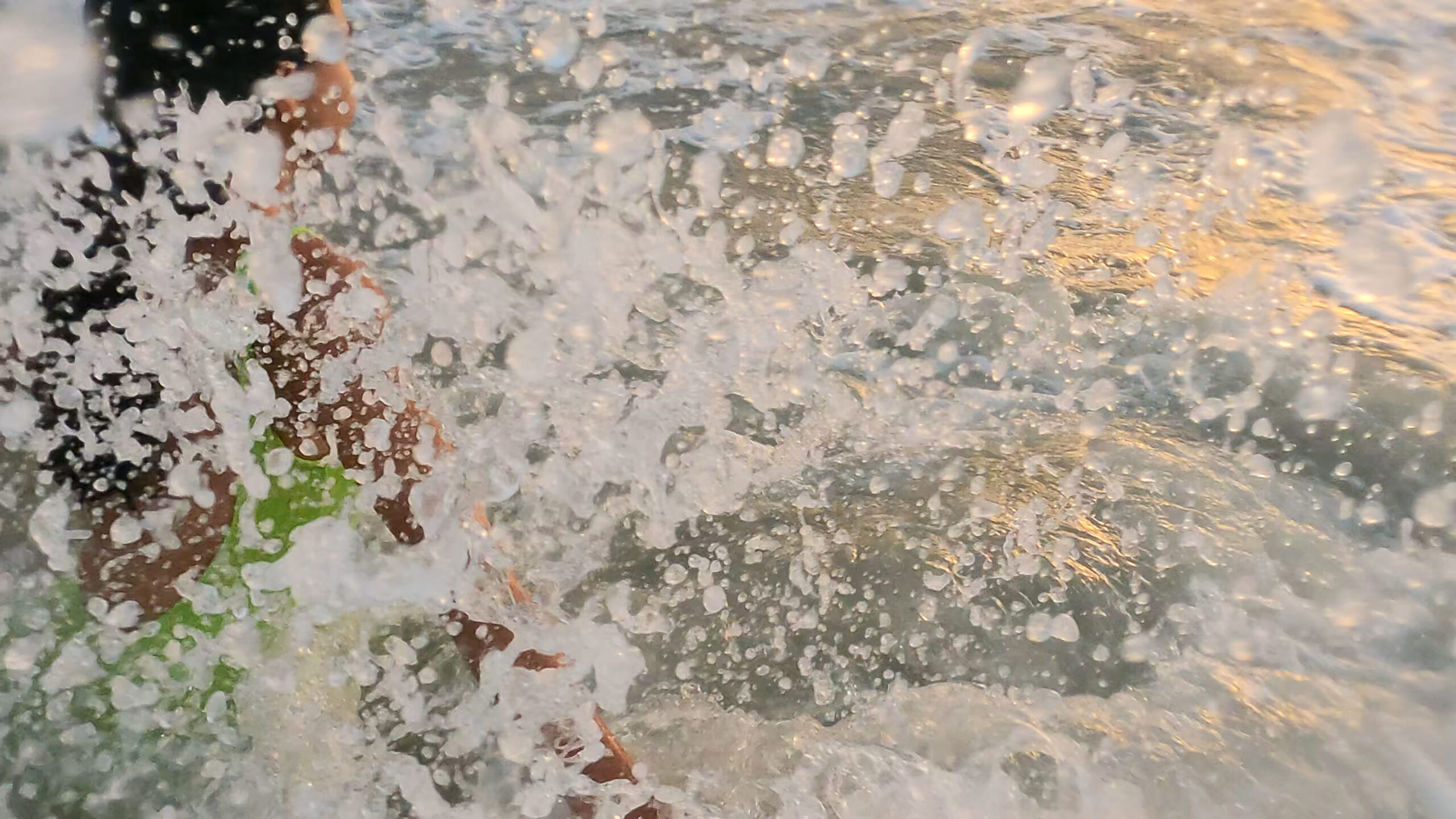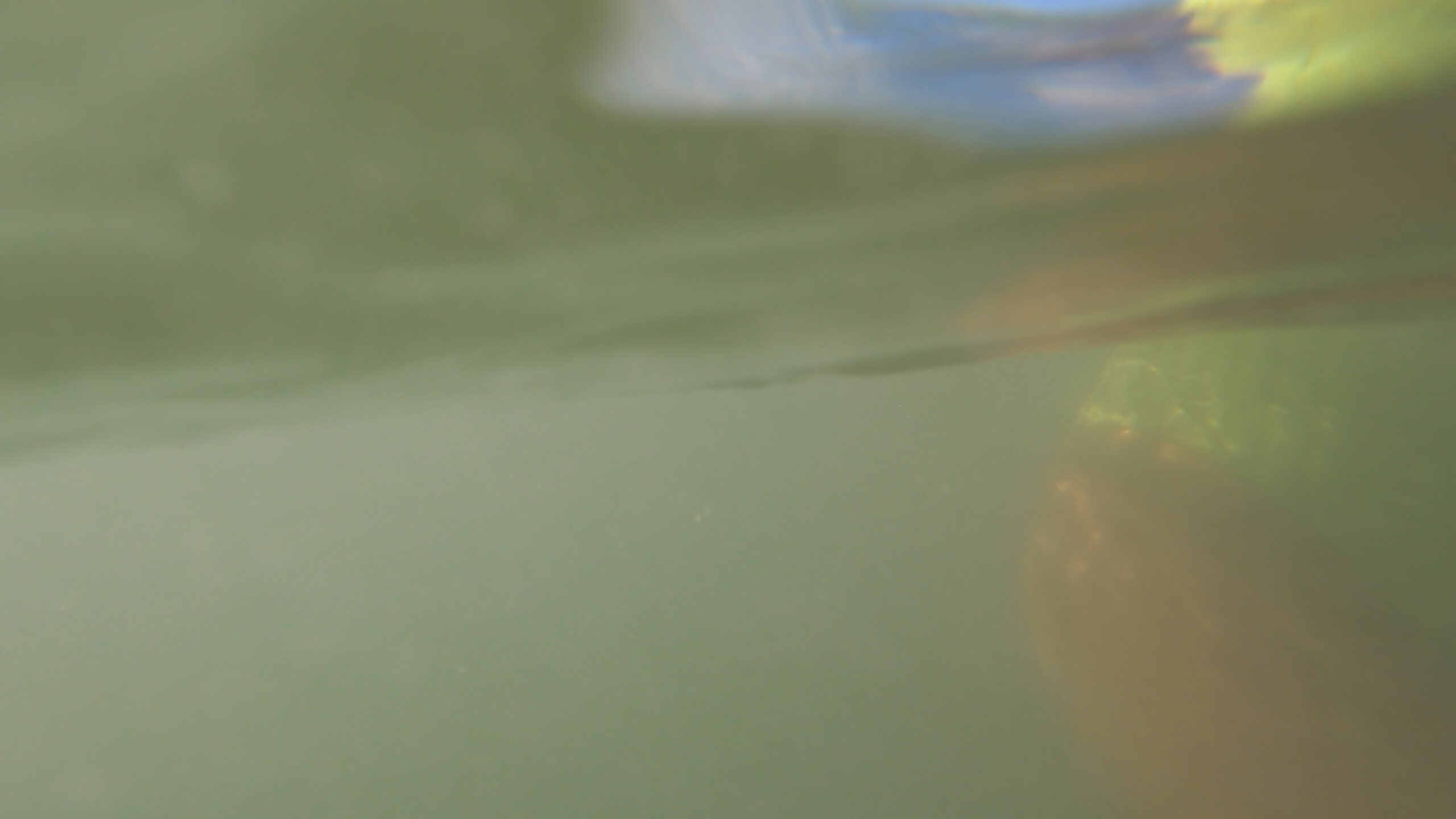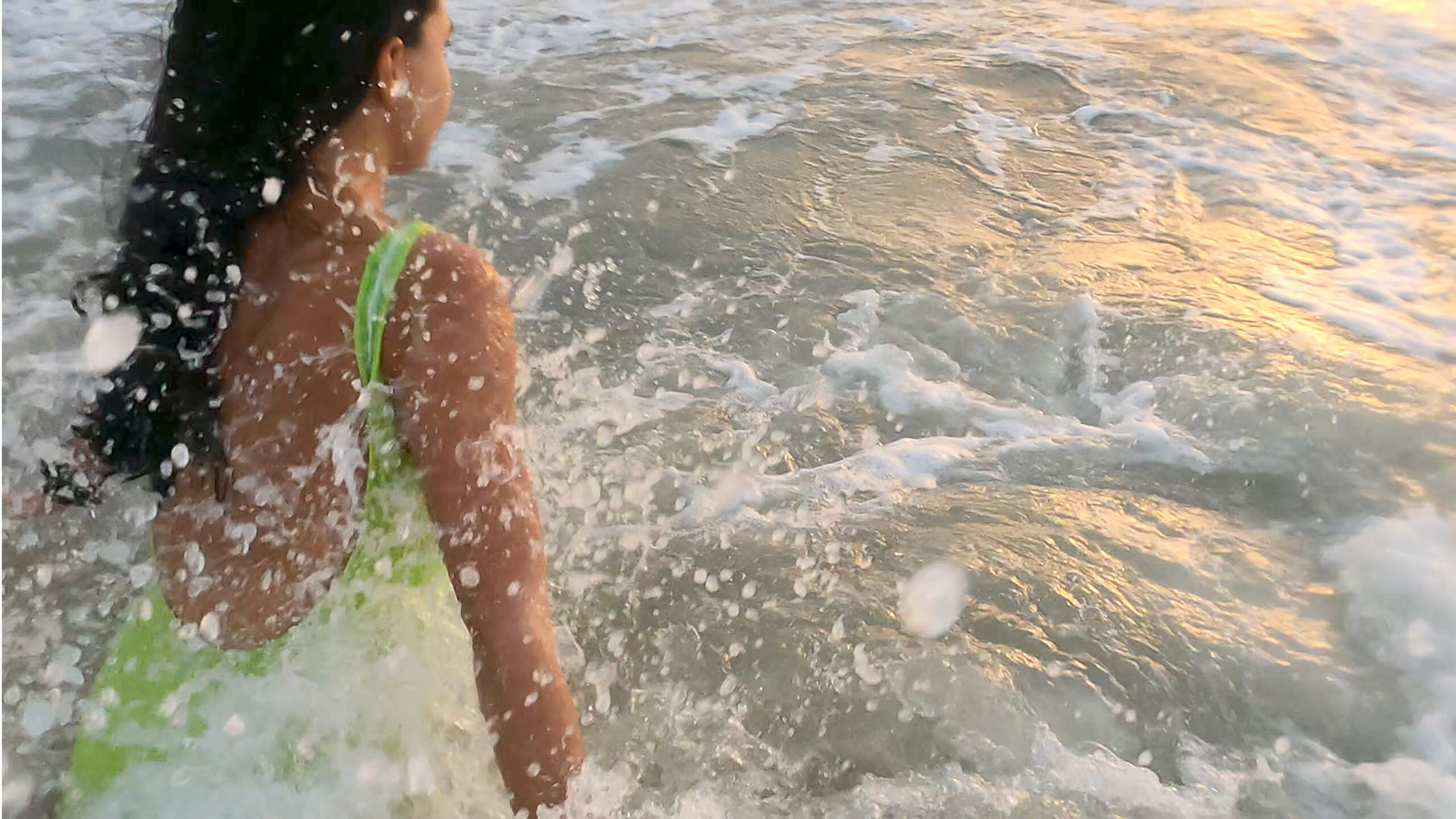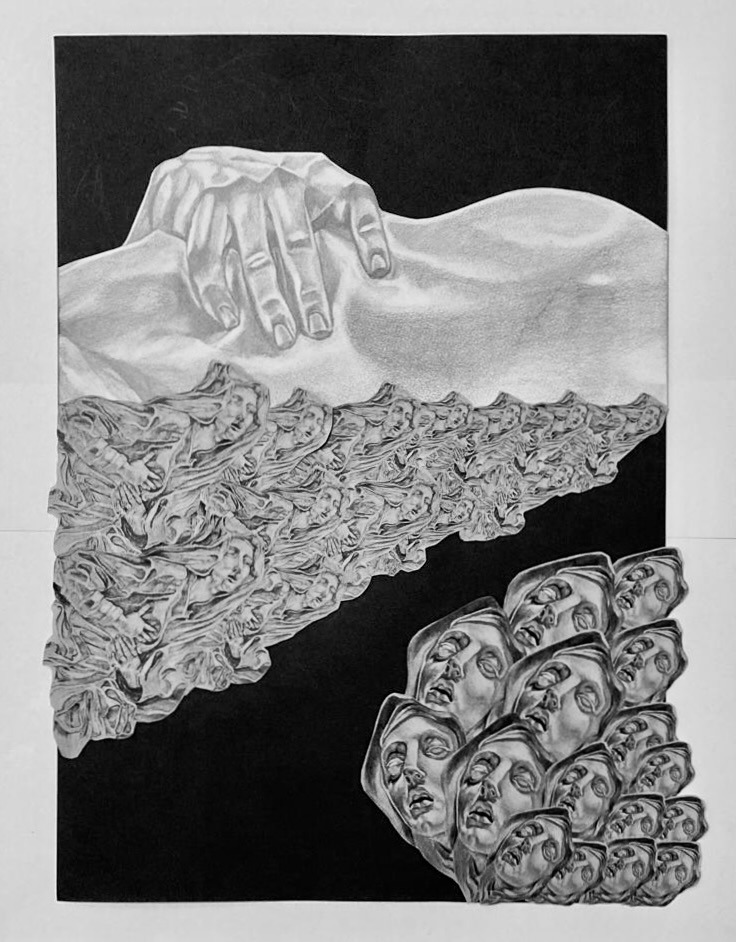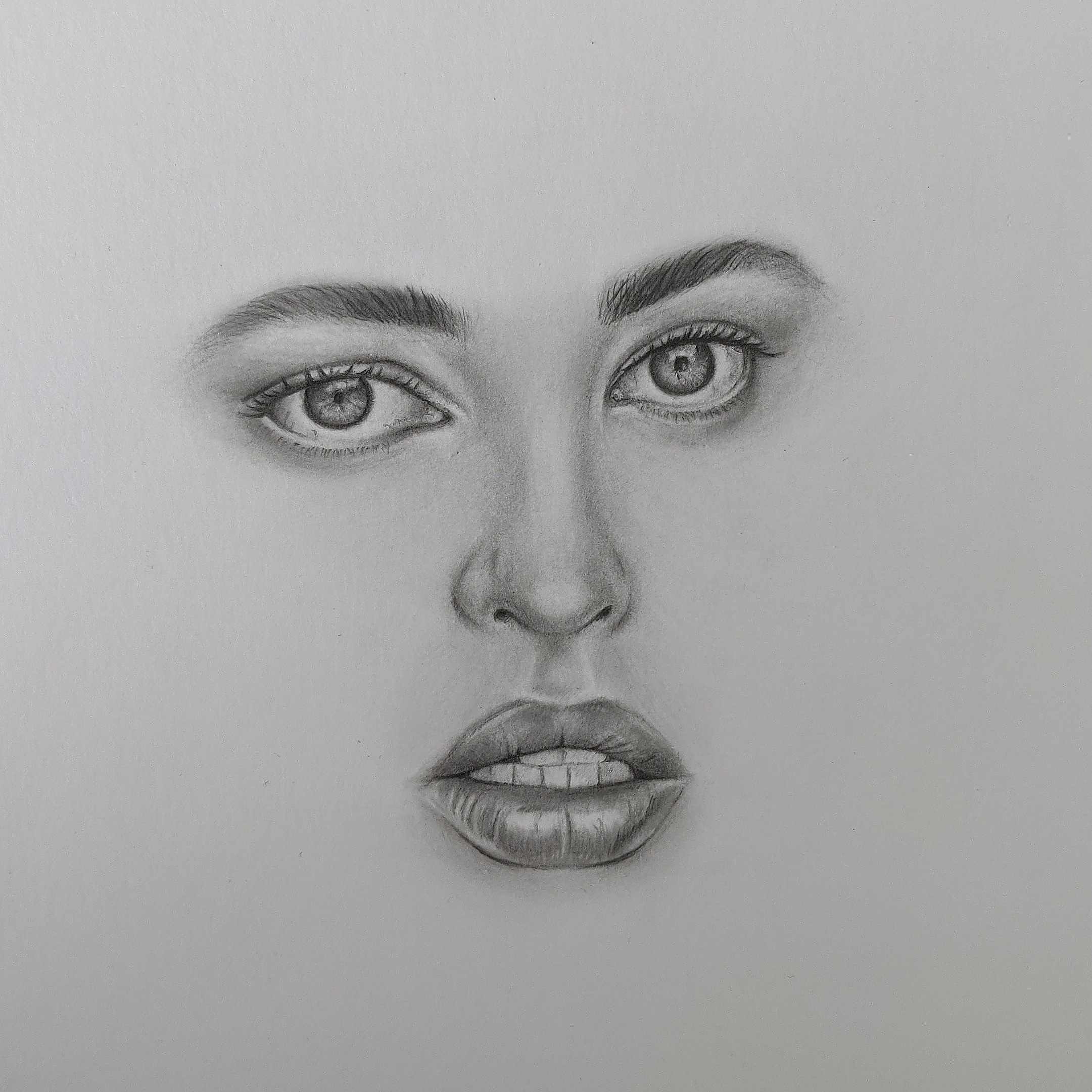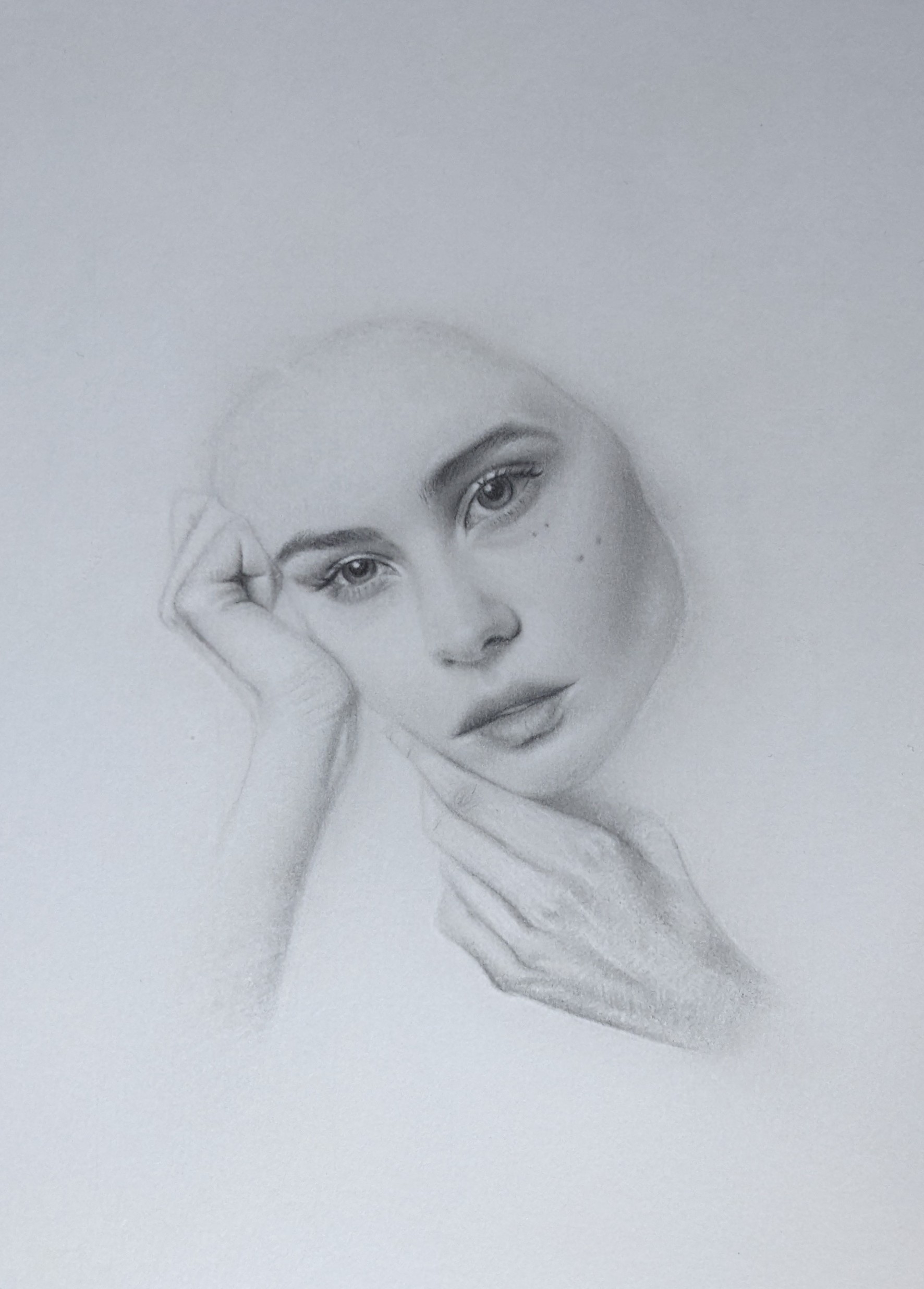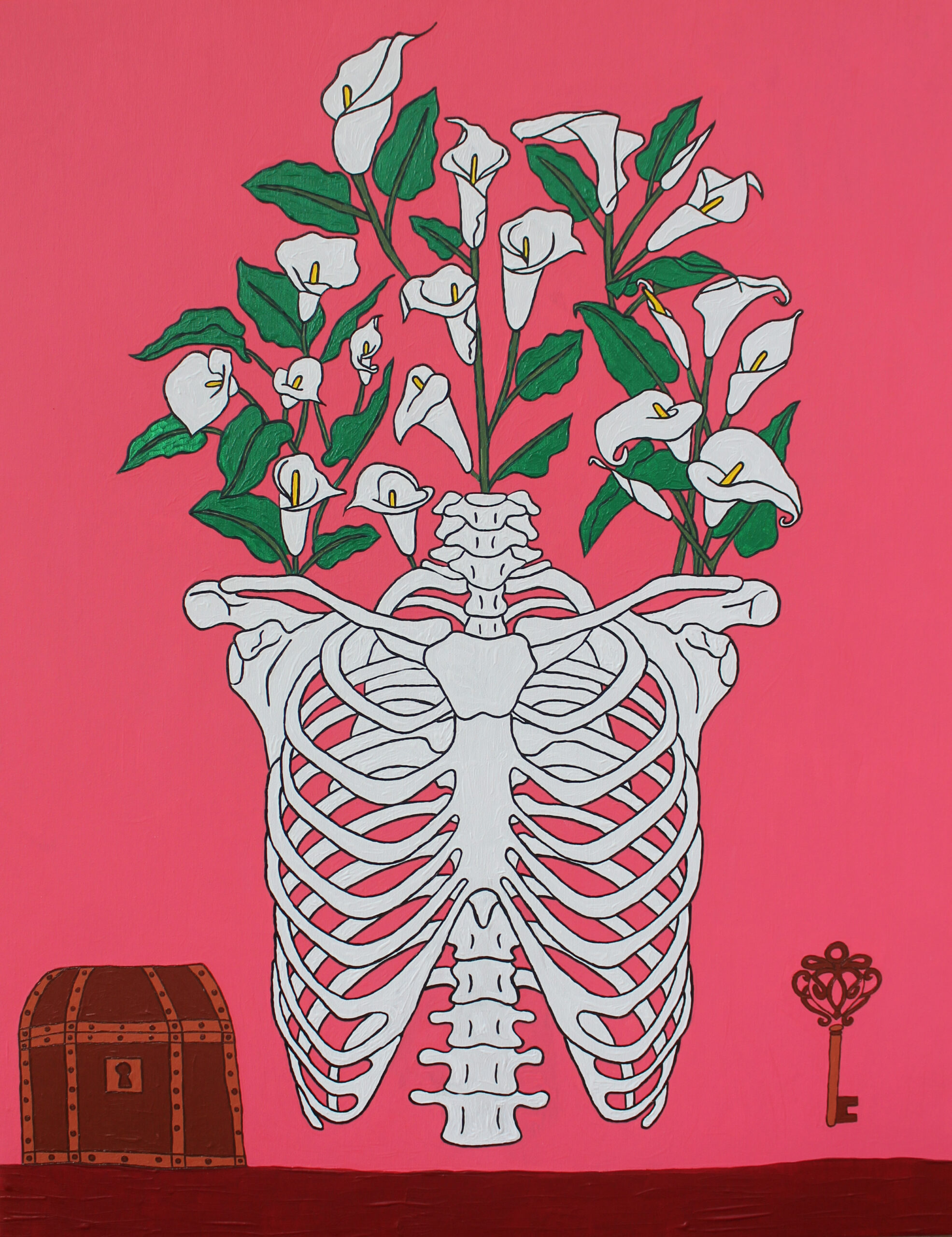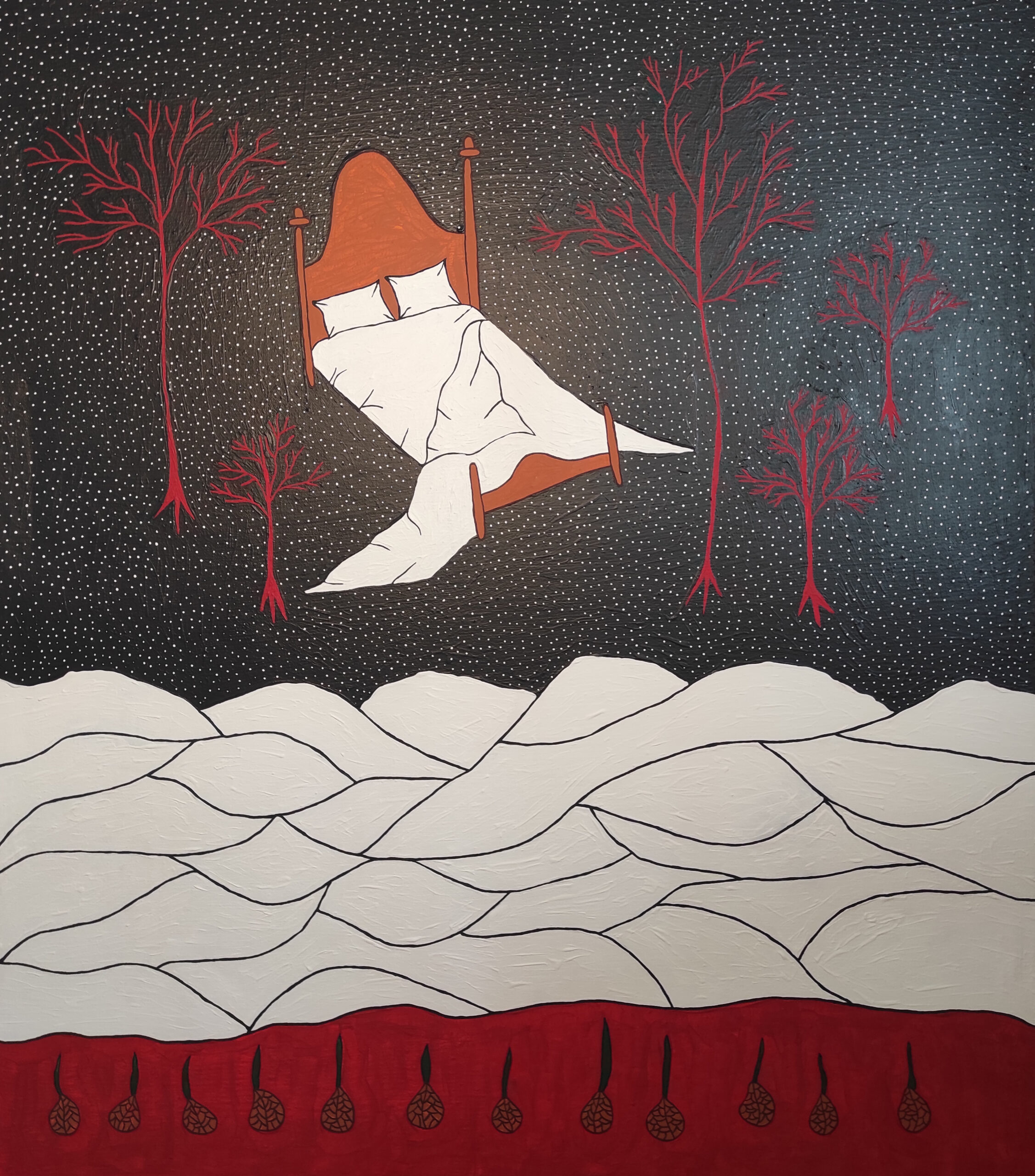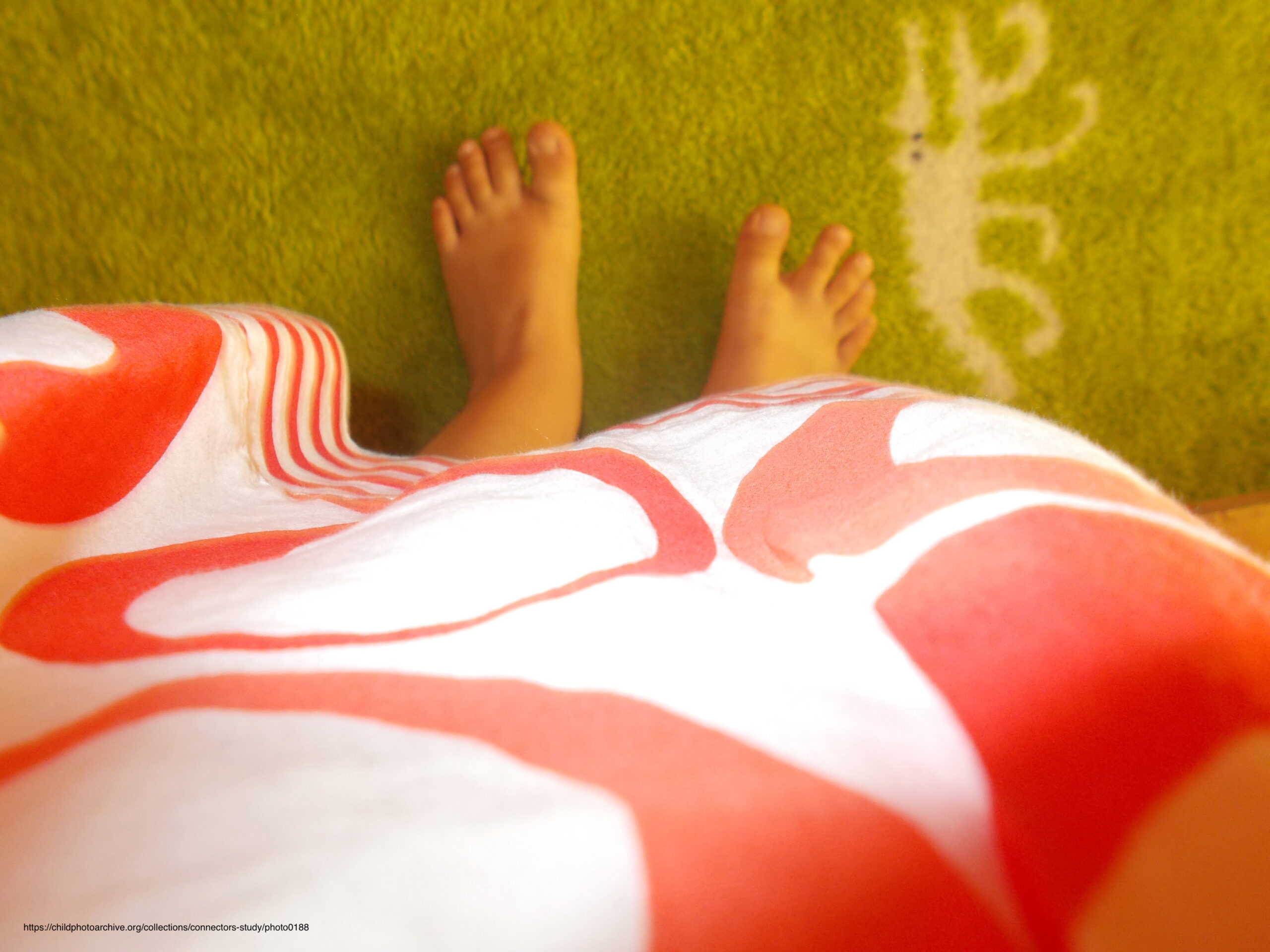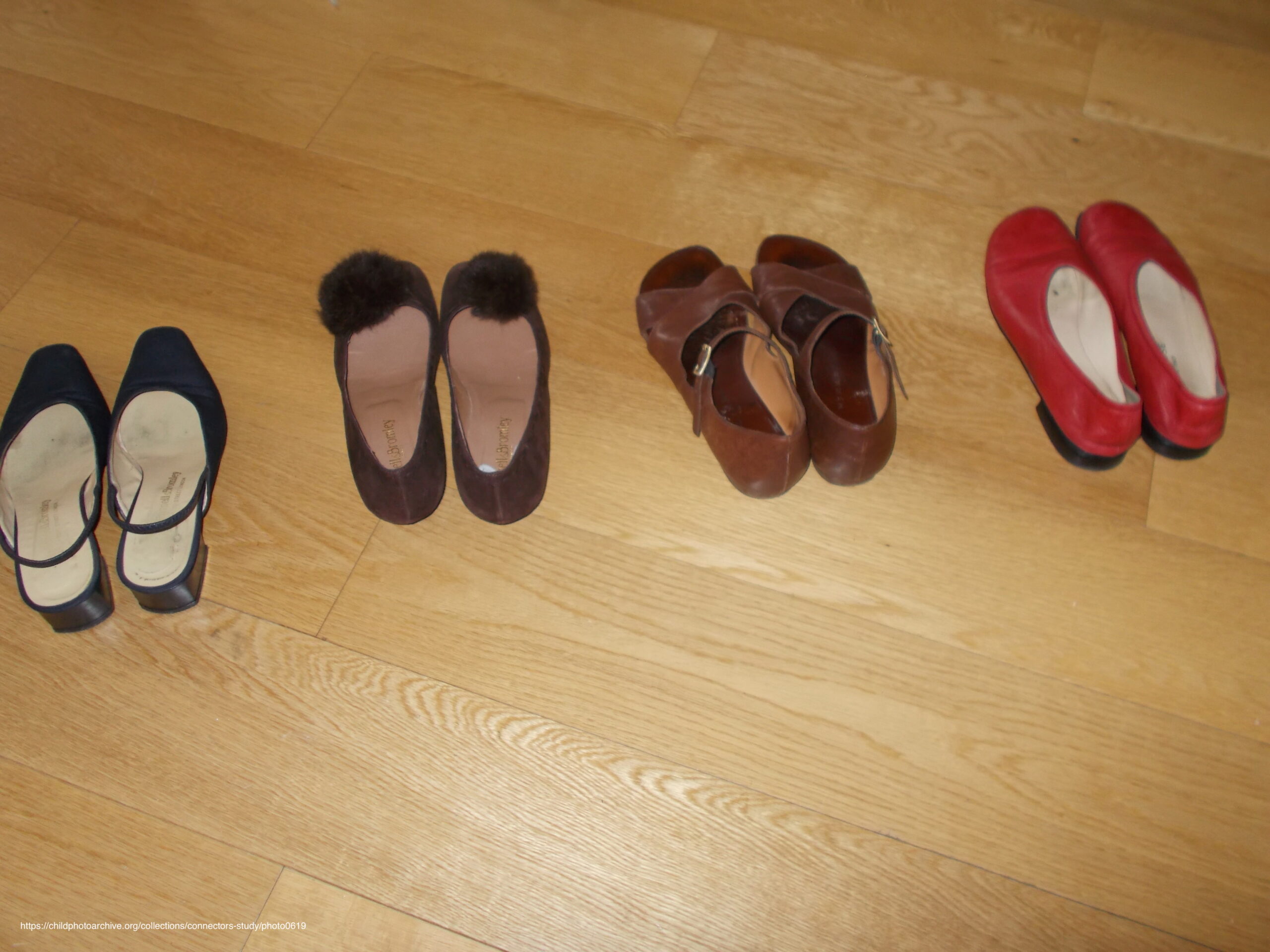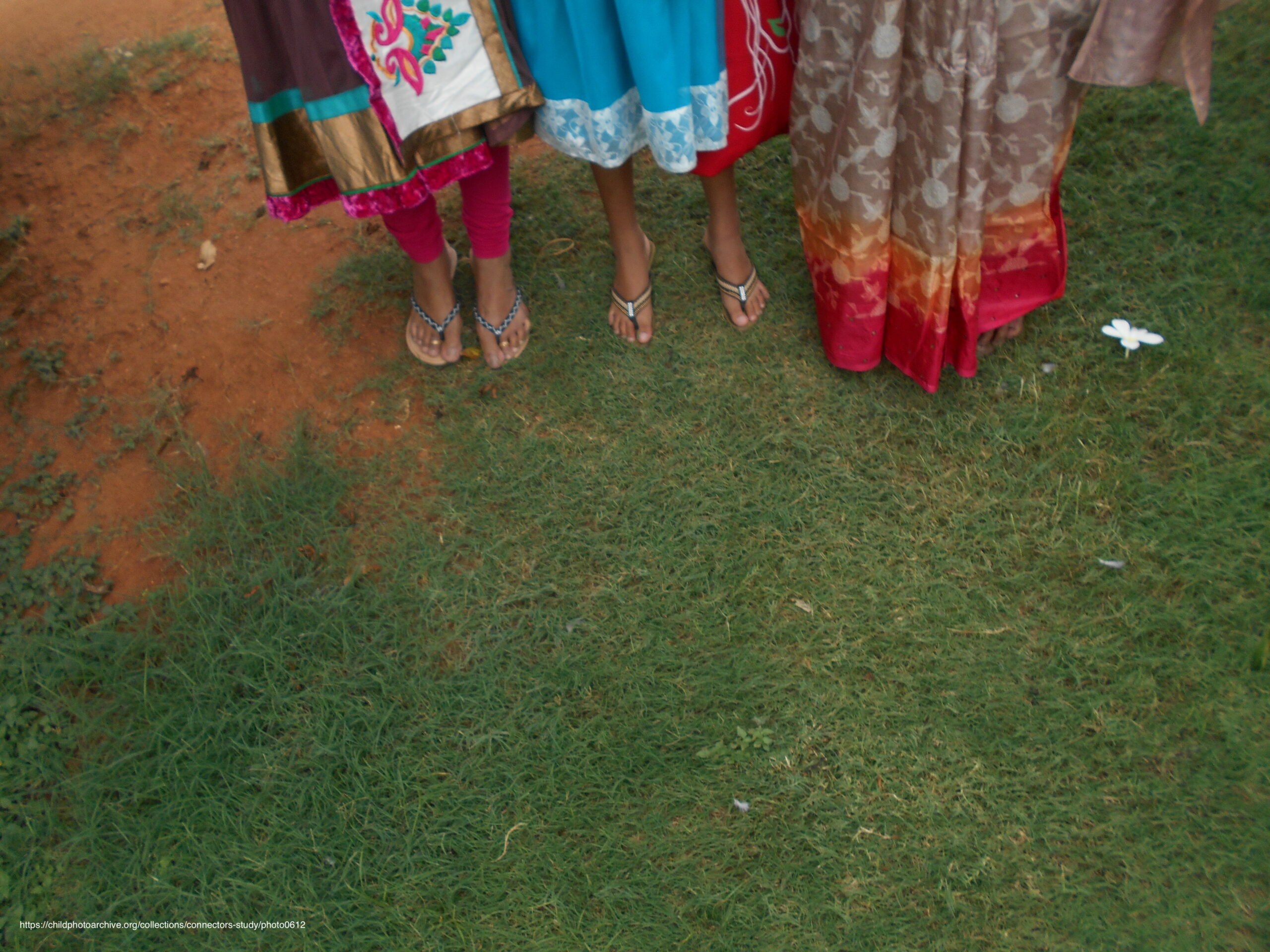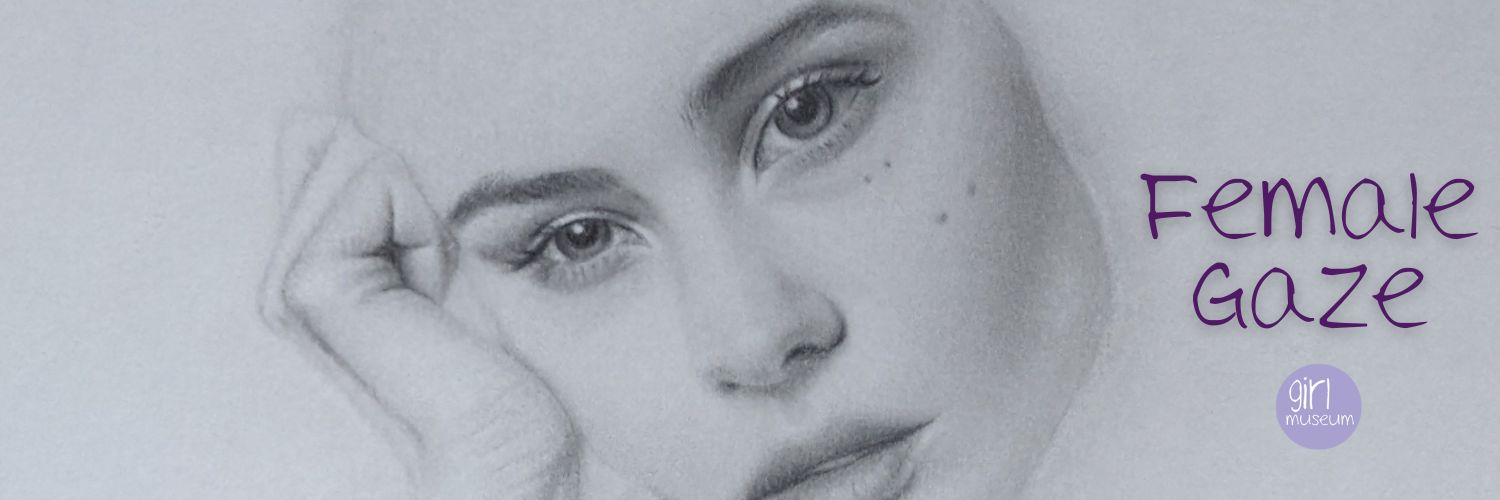
We’re accustomed to seeing ourselves through the lens of the male gaze – both through art and through other male-oriented parameters of societal expectation and decorum. In this series, we sought submissions of original artwork from female artists that focus on female perception and female gaze, to offer a view of the world through the eyes of its young womxn.
The artists in the series used the theme as an opportunity to explore their perception of themselves and the world around them, and how the unique experience of growing up as a female has informed their understanding of the world. We hoped that the breadth of the theme and it’s potential interpretation would allow artists the freedom to respond to this idea in any manner they see fit, and offer viewers a multitude of lenses through which to explore the idea of female gaze.
With participants hailing from Lebanon, Ukraine, Australia, Greece, and artists’ ages ranging from childhood to young adult, we hoped to demonstrate a range of environments and experiences.
Léa Abi Zeid Daou
Lebanon
In this series, I conduct narrative autoethnography through my poetry and photographs, which embody and encapsulate my experiencing self in specific fleeting moments.
Fleeting moments I wish to hold, carry, and share.
Because like every body of water, I shape myself by memory.
Léa is a PhD candidate, filmmaker, writer and visual artist.
“Every body of water, every bird on a wire.” by Léa Roger Abi Zeid Daou.
“On the cusp of June and July.” by Léa Roger Abi Zeid Daou.
“As only light and water do.” by Léa Roger Abi Zeid Daou.
Do you also have to wonder in what languages you dream?
My body aches and clutters chronically, finds its unity in water.
Water can take any shape, and so can I.
I come together in its malleability.
Like every body of water, I shape myself by memory.
How water remembers to travel and wash and freeze. And evaporate.
Land may be grounding, but water sets me free.
Shapelessness the architect of choice.
Like every body of water, I take shape and make shape, depending on how you look at it.
As a child, I used to float on the Mediterranean Sea.
My little feet and tiny hands could hold the waves,
and swallow the ocean as a whole, if I so desired.
I was a child of the sea; the seashells tucked there just for me.
Olive trees and palm trees around me had histories, and so I bore witness,
in the same way they watched me grow.
And I remember brushing my Teta’s hair so she can sleep.
I brushed her soft white strands like her mother used to brush her hair when she was a child, she would tell me.
My eyes would melt like chocolate at that thought,
that I made her feel loved,
the way her mother loved her,
the way she loved my mother,
the way I was loved.
So, I can dream because of my ancestors.
Those in my veins, in the ocean, in the trees.
And I will forever be able to float.
My feet and hands still tiny, but not to me.
Because like every body of water, I shape myself by memory.
How water remembers to nurture and melt and drift.
And flow back to its source.
Like every body of water, I take shape and make shape, depending on how you look at it.
by Léa Abi Zeid Daou
Elinor Kirchway
New York
As a teenager living in Rome, one way in which I learned to comfortably inhabit the city – whose language, topography, and culture were entirely unfamiliar to me when I moved there at age 14 – was through sketching. This piece is a portrait of myself as a girl by way of two sketches I made during that period.
Both sketches are of sculptures by the Baroque artist Gianlorenzo Bernini and both depict women (St. Teresa and the “Blessed” Ludovica) in states of religious ecstasy or “mystical communication” with God. As a girl, I recall having been drawn to these sculptures for their beauty and their detail – two qualities that could reliably result in a good sketch for someone whose primary talent was in copying.
Though already familiar at the time with notions such as the male gaze, I do not recall having dwelled much on the sexualized nature of these pieces, nor on the possible significance of my own art of drawing them. Now, some ten years later, it is difficult for me not to focus, as a viewer, on the more disturbing, misogynistic elements of the sculptures, and in this piece I have chosen to accentuate them by duplicating Teresa and Ludovica and grouping their effigies into ghoulish, teeming masses.
These interact with my current-day sketch of Bernini’s Rape of Persephone, a work that is lauded by art historians as exemplifying his virtuosity, the horror of the subject-matter often considered only as an afterthought to the skill with which Bernini makes Persephone’s marble flesh appear soft in Hades’ violent grip. The female figures – now heaped into anonymous piles – are forced to share a space dominated by this violent image.
This shift in focus away from the precision and beauty of my initial sketches and towards the sinister effect of the collage as a whole illustrats the development of my perspective as an artist and observer which has occurred as I have moved further from girlhood.
Elinor Kirchway is from New York, U.S., though she spent most of her childhood in Rome and now lives in London.
Camille Macdonald
Melbourne, Australia
My earliest memory of drawing, and what sparked my interest, was at age 5. My older sister taught me to draw a series of zoo animals – I’d first watch her illustrate each one, then I’d copy. I’ve been drawing ever since! I often draw the women closest to me – my mother, my sister, my friends. It’s a personal experience depicting these women through artform.
I love the stripped back quality of pencil portraiture, a realness is captured. Ultimately though, I want to represent an admiration for and honoring of the chosen person. I am also fascinated by the role of facial expressiveness – how we emotionally connect and relate to others through the face and the features – it’s a notably incredible part of the human experience.
When in flow, I feel a serene joy, similar to a meditative state. I often lose track of time and the day is quickly over. Sometimes, though, because I use such a controlled technique, I can become frustrated if I am not achieving exactly what I’m after. In those moments, I step away and come back with fresh eyes.
“Self-Portrait” by Camille MacDonald
“Montana” by Camille MacDonald
Olena Kayinska
Lviv, Ukraine
I work with naїve or pure art techniques, paired together with deep philosophical and psychological senses. My fields of research are finding inner peace, post-trauma recovery, human inborn kindness, and love as the driving force of the Universe. My paintings-dreams take the observers inside, to the subconscious, to the core. Trying to find the inner self, the observer wanders through the imaginary world, fantastic forests, filled with symbolic images and archetypal symbols, inhabited with mysterious creatures, each of which provides a guide to the final destination – our heart. My aim is to make people happier.
My paintings show the endlessness of obvious and unobvious relationships in this world with the help of mysterious storylines with the metaphysical sense. Direct asceticism of the flat surfaces, completeness, and persuasiveness of the compositions, seamless statics, graphical coding of the deep sense into the schematic images, order, and rhythm of the paintings focus the observer’s attention on what is underneath.
My paintings are childishly simple and straightforward. They help recall the child’s state of trust and safety, the state of interest in the world around, the state of fabulousness and love. As if you are being held in hands and told a fairy tale. When we manage to recall this fundamental state and restore the feeling of trust and pureness, the world starts showing us its magnanimous side. My paintings are portals of returning to the pure child’s state of mind and to the joy of being.
“My wedding bouquet” by Olena Kayinska, acrylic on canvas, 2021.
How a woman who didn’t get married, might feel herself in society? The reasons may be numerous: the relationship failed, she refused to give herself up to a man who could harm her, she was afraid of the weaker because she didn’t want a knife in her back, she was living a full life. The reasons are unimportant but her feelings are immensely important, when people ask her one more time: “So what, you never got married? Are you with somebody? Such rotten luck, you, this incredible woman going to waste before my very eyes.”
The ribs symbolize the emptiness in the chest when you want to love, but you have no one to give your love to. And the flowers sprout to the sky right from that emptiness. The closed coffer represents this marriage and happiness, and the key to this chest also exists somewhere.
“Sometimes I wake up in the middle of the night from the sound of somebody crying, and then I realize that I’m crying myself” by Olena Kayinska, acrylic on canvas, 2021.
When a woman sleeps alone in a bed for a long time, the bed becomes colder. Waiting for somebody to share the bed with her, the woman is stock still. She calms down, directs herself inwards, diminishes, and becomes shallow. As if her bed and all her world are slowly buried in snow.
It’s so good to sleep under the lumps of snow. It’s so warm and cozy there, only you wouldn’t want to go out.
But there is something, that can lay under the snow for the whole winter, sleep silently, and then upspring. These are walnuts. While the snow is sifting down on the solitary bed in the night forest, alive walnuts start to sprout out.
The Children’s Photography Archive
United Kingdom
The Children’s Photography Archive C.I.C. (CPA, for short) is an archive of children’s photography based in London. It is the first photographic archive of its kind featuring the work of children photographers, and provides a digital archival infrastructure to collect and curate photography by children. The CPA has been funded by European Research Council (ERC-StG-335514; ERC-PoC-874454) and is supported by the Department of Sociology at Goldsmiths, University of London.
All work in this website is licensed under a Creative Commons Attribution-NonCommercial-NoDerivatives 4.0 International License. If you do use this work please drop us a line, we’d love to hear from you.
Feet. Self-portrait, girl aged 8, Athens 2015. Photograph from the ‘Connectors Study’ collection held at the Children’s Photography Archive.
Mother’s shoes. Still life, girl aged 7, London 2015. Photograph from the ‘Connectors Study’ collection held at the Children’s Photography Archive.
Family. Portrait, girl aged 7, Hyderabad 2015. Photograph from the ‘Connectors Study’ collection held at the Children’s Photography Archive.

